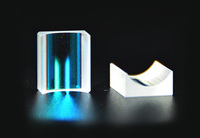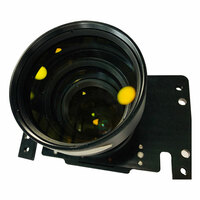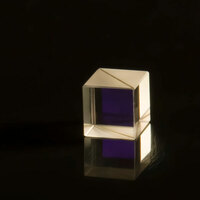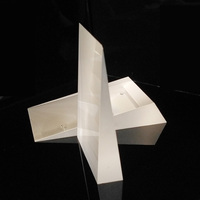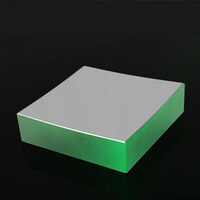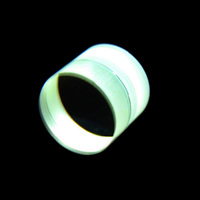Optical Cylindrical Lens
Product Quick Detail
- FOB Price
- USD $100.00 / Piece
- Minimum Order
- 1
- Place Of Origin
- china
- Packaging
- N/A
- Delivery
- 15 Days
Specifications
A cylindrical lens astigmatism is typically used to focus, condense or expand incoming light. Cylindrical optical lenses have one cylindrical surface, causing light to be focussed in a single dimension or axis. It can also be used to expand the output of a laser diode into a symmetrical beam. Cylindrical optical lenses are technically more difficult to manufacture than spherical or flat lenses which is why Ecoptik (also known as BRD Optical) uses state-of-the-art polishing techniques alongside stringent lens assessment to manufacture each lens.
A cylindrical optical lens is typically rectangular, square, or circular and of either a plano-convex or plano-concave design. The cylindrical optical lenses of Ecoptik (also known as BRD Optical) combine low wedge with high surface accuracy. As one of the best custom optical components manufacturers, we assess the quality of each individual lens using Trioptics centration measurement and a Zygo GPI interferometer. All Ecoptik lenses are available both uncoated or coated with a broad range of high durability, low loss AR coatings, and can be manufactured to 20-10 surface roughness.
Optical Cylindrical Lens Uses
Cylindrical optics lens can converge or diverge light beams in a single axis. Cylindrical lens is used in many industries and fields such as optical metrology, laser scanning, spectroscopy, laser diode output beam shaping, and light-sheet illumination microscopic imaging.
Form the collimated light source into a line light source
This is the most widely used cylindrical lens. Taking a plano-concave cylindrical lens as an example, it can be a beam of collimated light that expands into a linear light source according to the magnification.
The cylindrical lens is also used for astigmatism. Collimation of diode output beam The output beam of the laser diode diverges in an asymmetrical form, and its collimation work is more challenging. For example, for a diode light source with a divergence angle, if only a standard spherical lens is used, it can only be collimated in a single direction, and divergence or convergence will occur in the other direction. Using cylindrical mirrors can decompose the problem into two one-dimensional directions. By combining two orthogonal cylindrical mirrors, the two directions can be collimated simultaneously.
Types of Cylindrical Lens FAQS
What is difference between spherical and cylindrical lenses?
Spherical lenses are lenses taken out from a sphere such as a ball. Where as, cylindrical lenses are lenses taken out from a surface of a cylinder like a tumbler. Cylindrical lenses have an axis associated with them. Both, spherical and cylindrical power can keep changing through life.
What Does A Cylindrical Lens Do?
A cylindrical lens is typically used to focus, condense or expand incoming light. A cylindrical lens has one cylindrical surface, causing light to be focussed in a single dimension or axis. It can also be used to expand the output of a laser diode into a symmetrical beam.
How To Detect The Surface Fringe Of The Cylinder ?
We have zygo and professional lens cylinder inspection system, and can provide a full set of inspection reports.
Can You Provide The Main Processing Methods?
According to the quantity of the customer\'s order and the requirements of the lens index, the appropriate processing technology is selected. There are two types of classical processing methods and high-polishing processing methods.
If you want to know more details of cylindrical vs spherical lens, please visit our website.
- Country: China (Mainland)
- Business Type: Manufacturer
- Market: Americas,Europe,G20
- Address: No.399 Bocai Road, High-Tech Industrial Development Area, Changchun, Jilin, China 130000
- Contact: ECOPTIK .com

